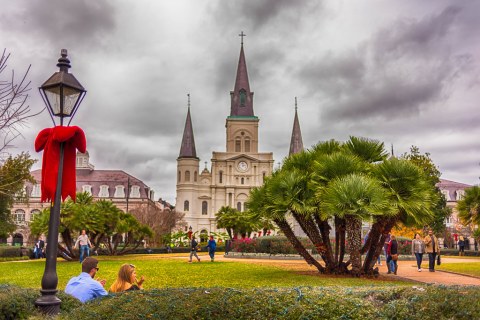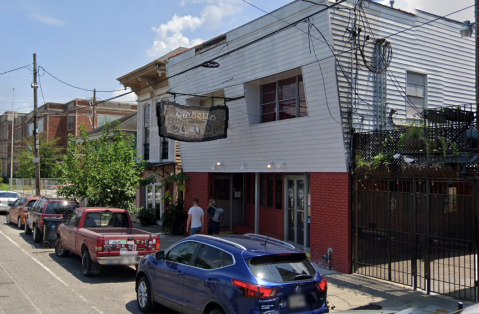These 17 Candid Photos Show What Life Was Like In New Orleans In The 1910s
New Orleans is unbelievably rich with culture, history, and unique traditions, but all too often, that history can seem so distant from the modern day! Ready to take a step back in time? These incredible photos of New Orleans in the 1910s are an amazing time capsule of what life was like in NOLA over a century ago. From factory workers to Mardi Gras festivities, it’s neat to look back and see how much has changed…and how much has stayed the same!
1. Locals shopping at French Market in 1910. Even 1910 New Orleans residents needed to peruse! Some things never change.
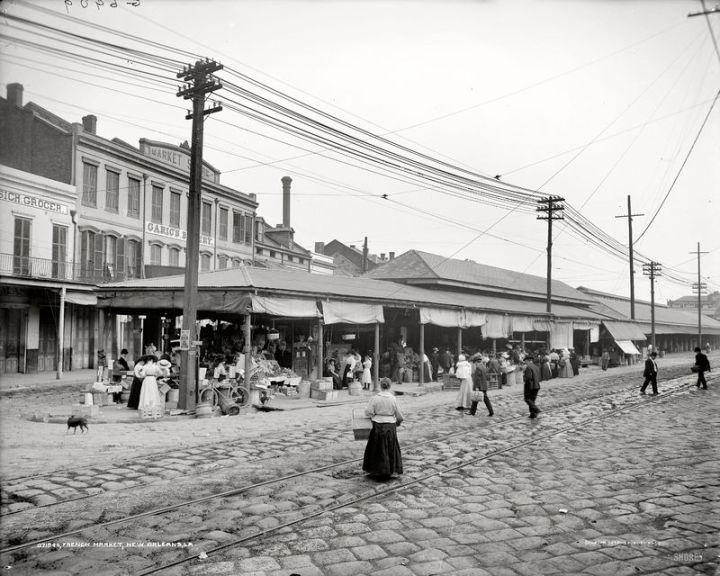
2. People gathered around St. Louis Cathedral on Good Friday in the early 1910s.
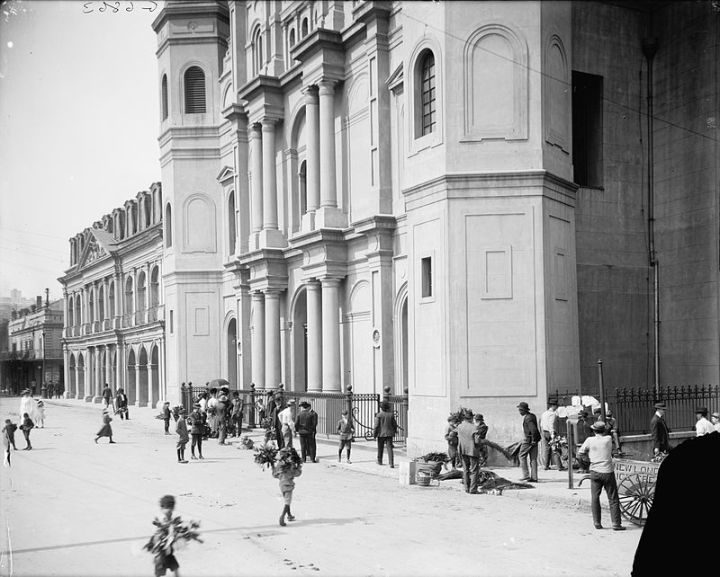
3. Mardi Gras on Frenchman Street in 1910.
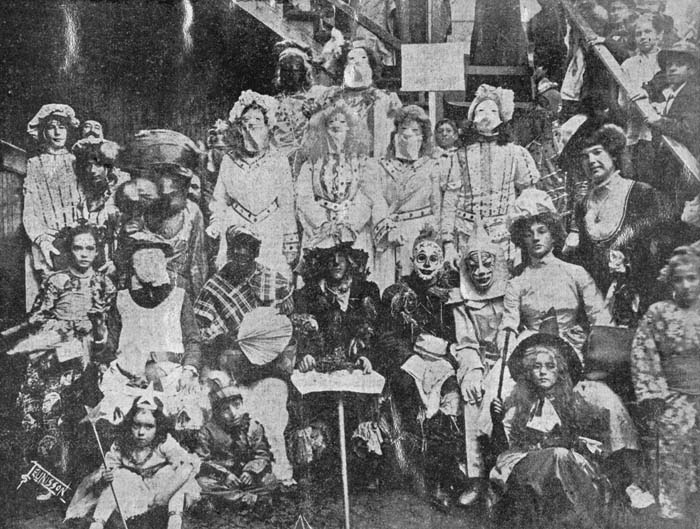
4. A group of friends dressed up for the Mardi Gras dance in the street, 1916.
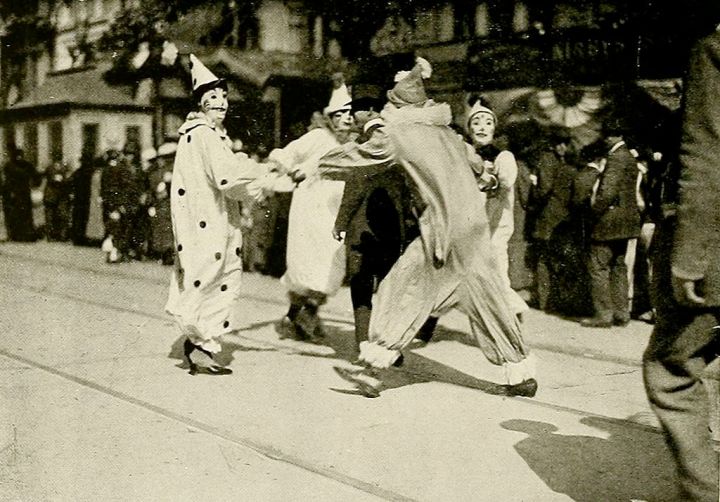
5. Mardi Gras always drew crowds, even back in 1917.
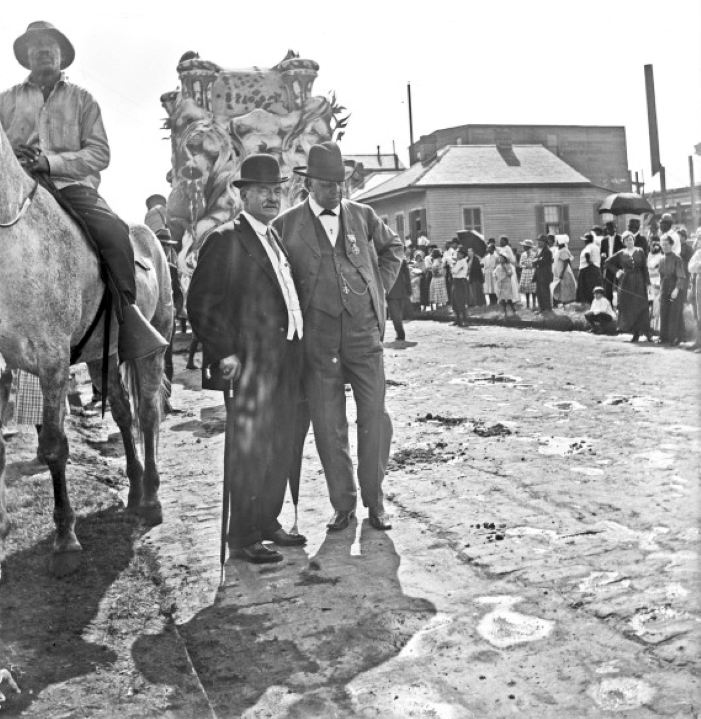
6. Employees working in the Elmer Candy Company factory, 1917.

7. Couple of gals playing cards in Storyville, sometime between 1911-1913.
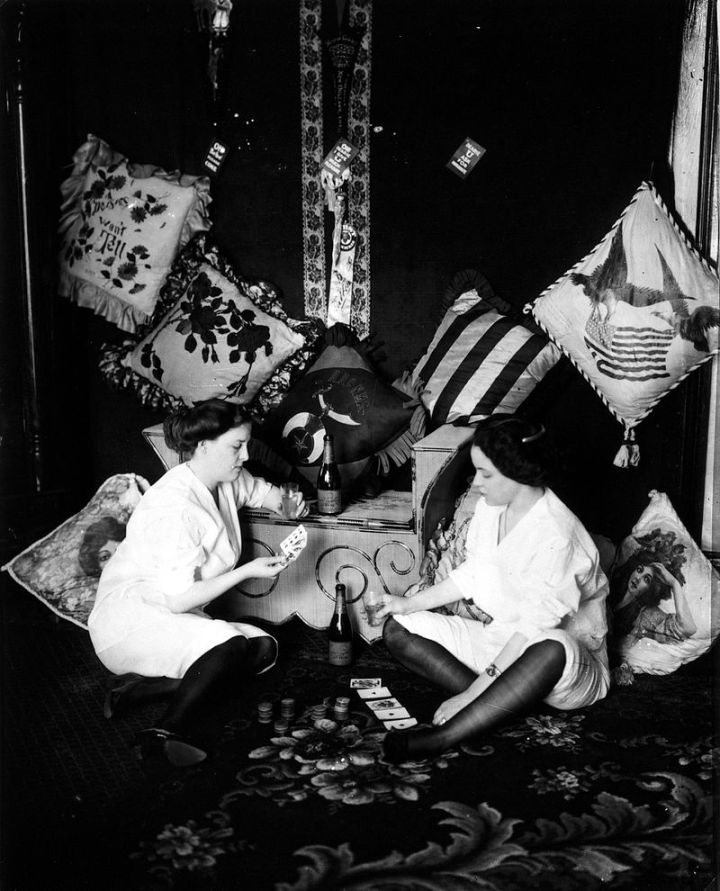
8. Doctors and nurses dressing wounds at the U.S. Naval Hospital, 1918.
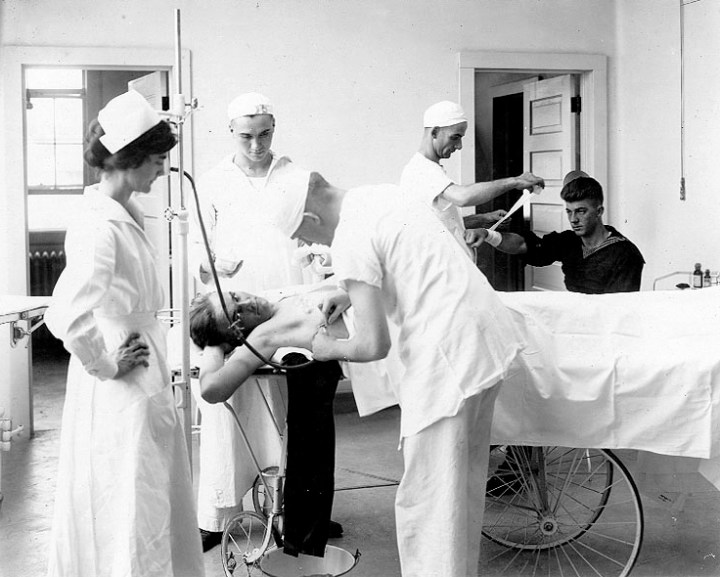
9. Two gentlemen from the U.S. Public Health Service visit a building to discuss rat control, 1914.
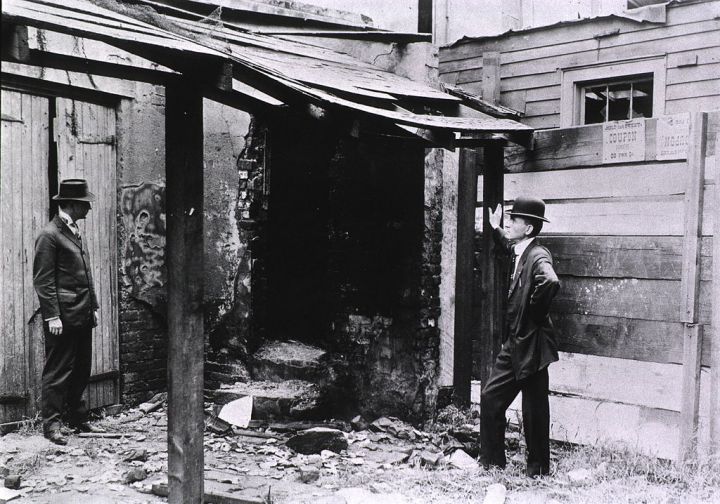
10. In 1914, the bubonic plague was detected in rats in New Orleans, which prompted a major rat eradication.
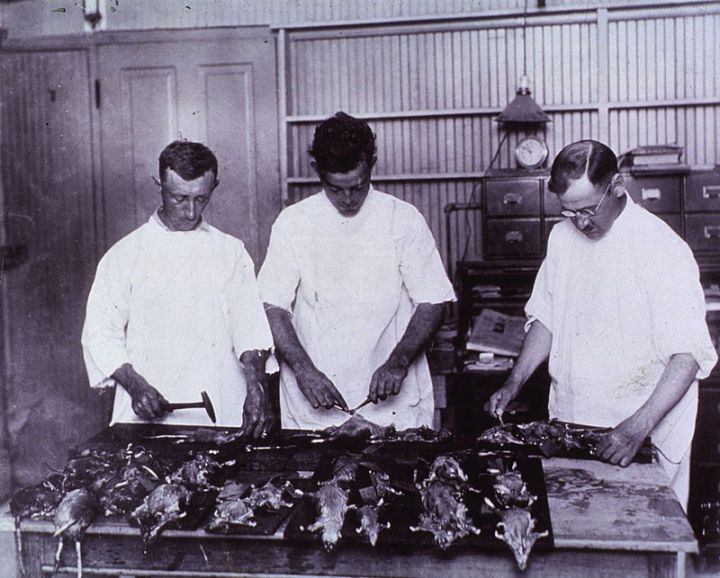
11. People gather around City Hall for a Liberty Loan Drive, 1918.
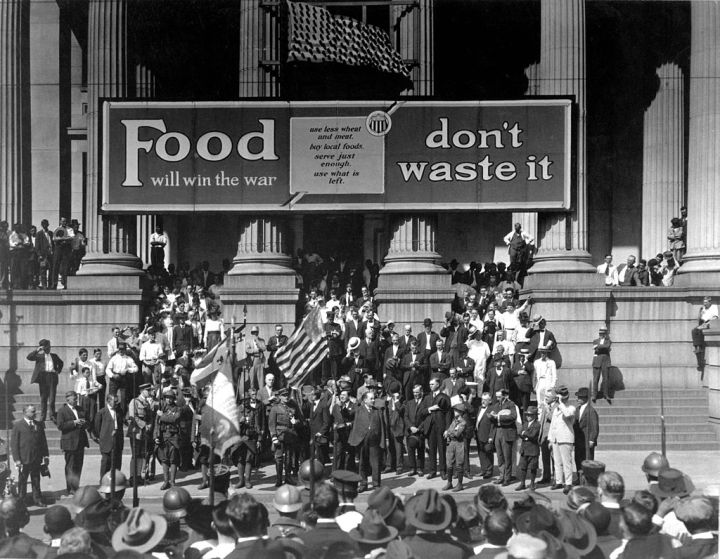
12. The Jesuit High School baseball team in 1918.
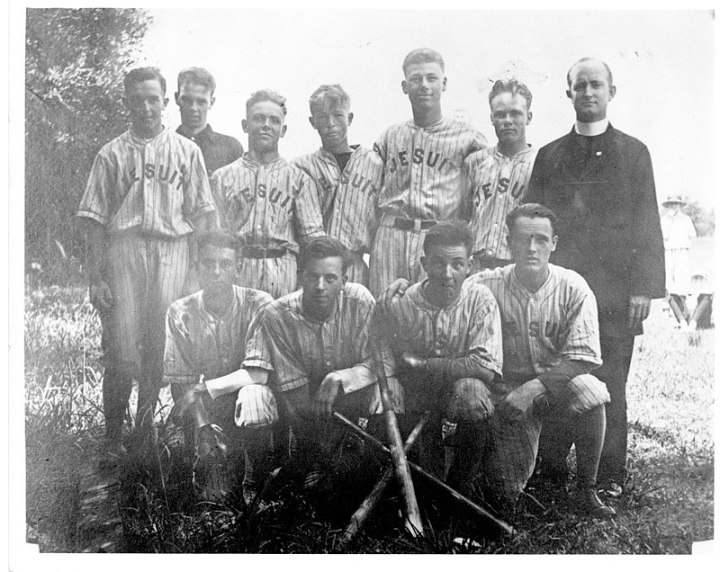
13. A dedication ceremony of the Jefferson Davis monument in 1911.

14. Casual afternoon scene at Reno’s Restaurant in 1912.
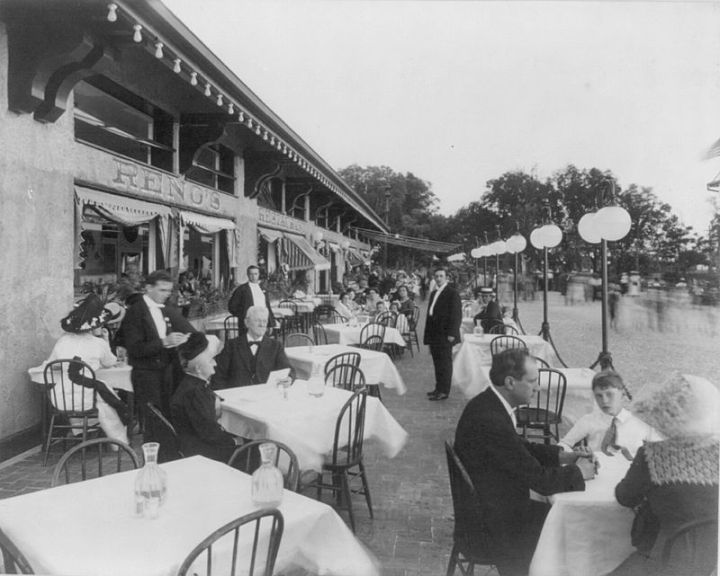
15. A couple of newsboys in 1913.
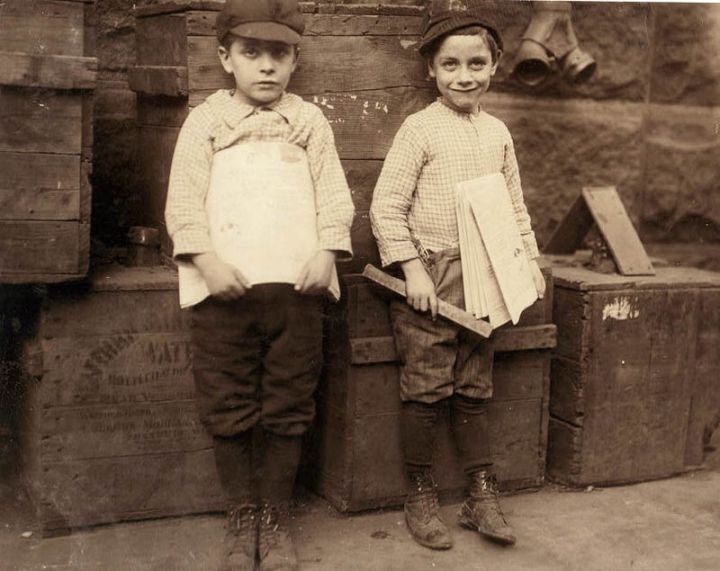
16. The conductors of the streetcar gather around a Magazine Streetcar in 1915.
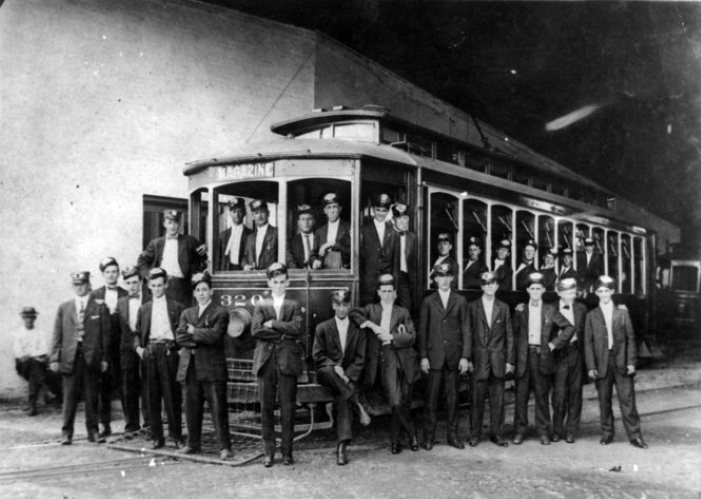
17. Canal Street looks pretty similar to what it did in 1916!
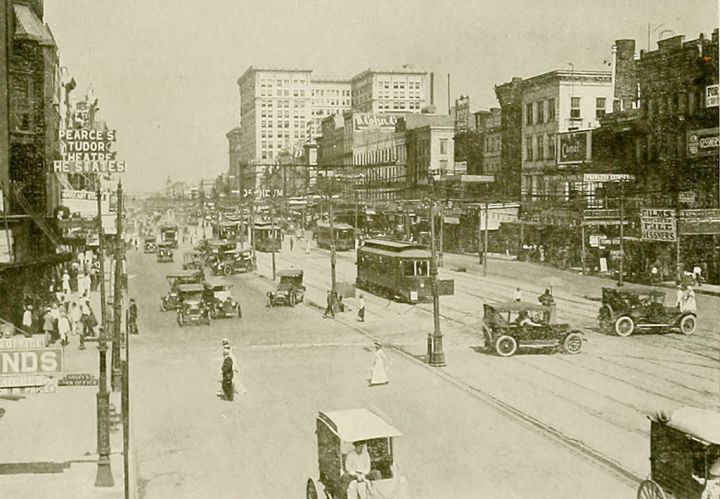
Fun fact: by 1910, New Orleans had also firmly established itself as the operating center for two powerful banana-importing companies! New Orleans in the 1910s saw major growth in innovation and technology, even while battling a potential bubonic plague outbreak. This is a truly fascinating (and diverse) era in NOLA history!
For even more peeks into New Orleans history, we’ve also compiled 21 vintage photos of Mardi Gras throughout the years, as well as historic photos of New Orleans in the 1940s. In fact, feel free to peruse these snapshots of history from the cozy, elegant comfort of this “Politics” themed vacation rental!
These 21 Vintage Photos Of Mardi Gras In Louisiana Will Mesmerize You
OnlyInYourState may earn compensation through affiliate links in this article. As an Amazon Associate, we earn from qualifying purchases.
More to Explore
New Orleans In The 1910s
What are some important dates in New Orleans and Louisiana history?
Louisiana was admitted to the Union as the 18th state on April 30, 1812. But before its official statehood, New Orleans was already a bustling cultural hub! New Orleans was founded in the spring of 1718 by the French as La Nouvelle-Orléans under the direction of Jean-Baptiste Le Moyne de Bienville. The exact date is unknown, but May 7 has become the traditional date to mark the anniversary. The city’s original name translates to “New Orleans” and reflects its French heritage.
Now, let's walk our way through some basic LA history and important dates - although there's far too many to list!
- 1718: La Nouvelle-Orléans founded by French explorer Jean-Baptiste Le Moyne de Bienville of the Mississippi Company.
- 1722: Capital of La Louisiane is relocated to New Orleans from Biloxi, Mississippi.
- 1724: The Code Noir is implemented in Congo Square, granting enslaved Africans Sundays off “to dance."
- 1734: The Ursuline Convent is built.
- 1752: The modern-day Ursuline Convent building is completed, making it the oldest and finest French Colonial building in the U.S.
- 1762: The French colony is ceded to Spain under Alejandro O’Reilly.
- 1768: The population of New Orleans is approximately 3,200.
- 1779–1781: Governor-general Bernardo de Gálvez successfully wages the Gulf Coast campaign against British West Florida, supporting the American Revolutionary War.
- 1788: The Great New Orleans Fire occurs, and Lafayette Square is laid out.
- 1789: Saint Louis Cemetery is established.
- 1792: Theatre de la Rue Saint Pierre opens, and the Cabildo (seat of Spanish colonial city hall) rebuilding is completed.
Moving into the 19th century:
- 1801: France regains power on paper, and the Louisiana Purchase occurs, with New Orleans as a key part of the transfer.
- 1803: New Orleans is incorporated as a city, and the Orleans Gazette newspaper begins publication.
- 1811: The largest slave revolt in American history occurs nearby, with Orleans Parish involved in its aftermath.
- 1812: Louisiana becomes a state, with New Orleans as its first capital. General Andrew Jackson leads an unconventional defense force to victory in the famous Battle of New Orleans during the War of 1812.
- 1835: An act of Congress authorizes a U.S. Mint in New Orleans.



